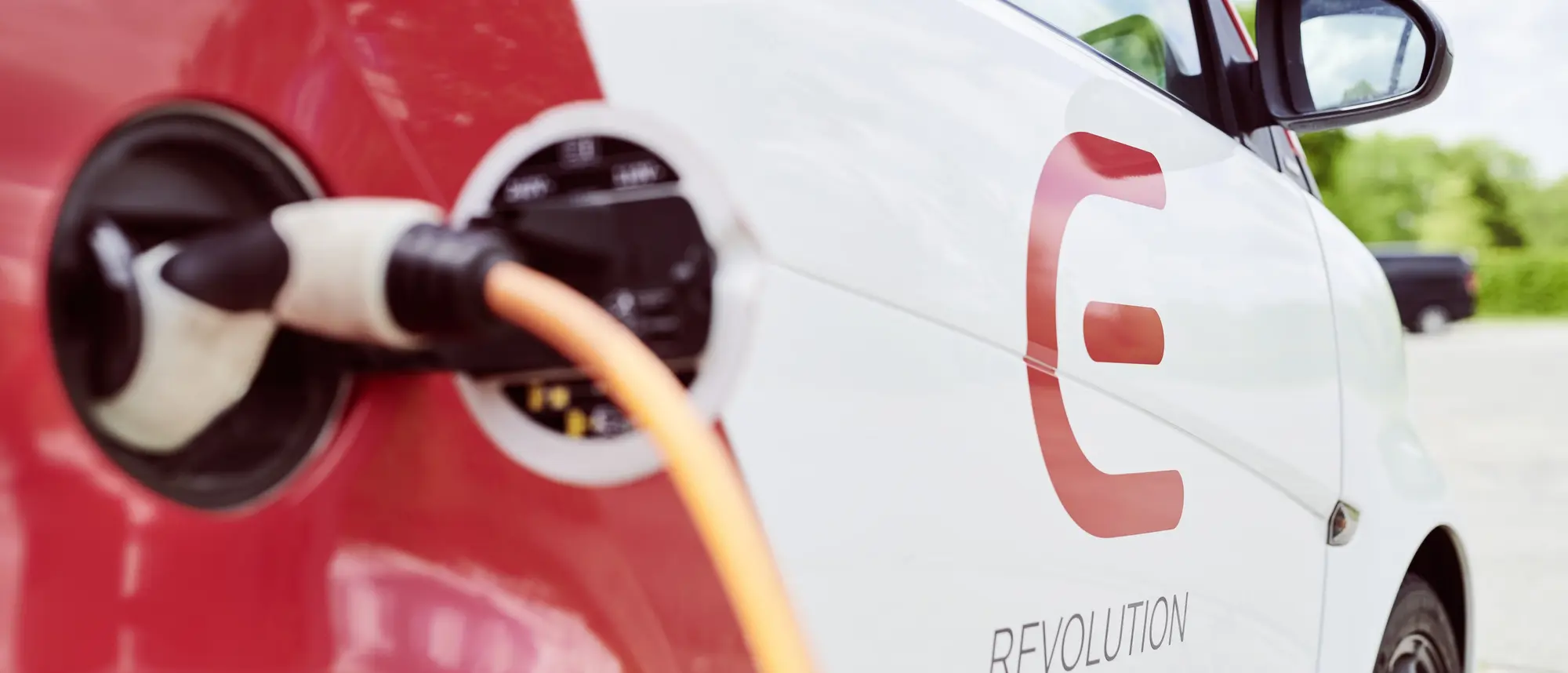Charging power
A domestic connection in a private home is usually designed for a maximum total output of around 20-40 kW. Taking into account the power ratings currently available on the market for wallboxes, charging capacities of 3.7 to 11 kW are therefore possible at home; in some cases even 22 kW.
For 3.7 kW charging power, the so-called single-phase connection is sufficient, which can be realised quite easily in almost any room of the house.
For higher charging capacities, a three-phase connection (colloquially known as a "heavy current" or "three-phase" connection) must be provided. For this purpose, a 5-core cable with the appropriate cross-section must be available or newly laid from the main distribution board.
Charging time
You can roughly calculate the charging time by dividing the kWh of your vehicle battery to be recharged by the available charging power.
Example: Your electric vehicle indicates that the charge level of the 85 kWh battery is at 20 %. To recharge the missing 68 kWh, you will need around 18 hours with 3.7 kW charging power and around 3 hours with 22 kW charging power.
However, the charging power is not constant during the charging process, but can be limited depending on the state of charge to protect the battery. The calculated value should therefore always be regarded as a rough estimate.
Charging time = battery capacity / charging power
Reach
To calculate the range, simply divide the battery capacity by the energy consumption and multiply the total by 100. Please note that these are only approximate values. The actual range depends, among other things, on the outside temperature, the driving style and the use of electrical consumers - such as heating, radio, etc.. In addition, the entire capacity is often not available to protect the battery.
Range = battery capacity / energy consumption (per 100 km) * 100
Example: 469 km = 85 kWh / (18.1 kWh / 100 km) * 100
